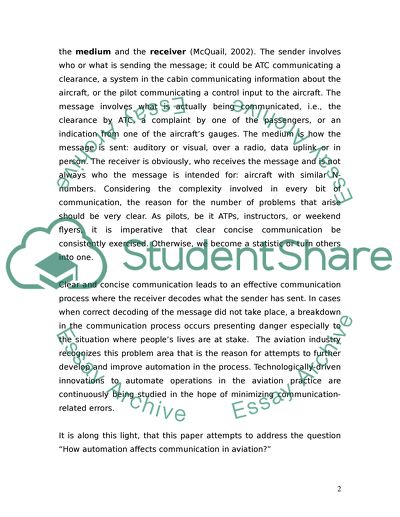Cite this document
(“Automation and Communication in Aviation Essay Example | Topics and Well Written Essays - 1500 words”, n.d.)
Automation and Communication in Aviation Essay Example | Topics and Well Written Essays - 1500 words. Retrieved from https://studentshare.org/technology/1527432-automation-and-communication-in-aviation
Automation and Communication in Aviation Essay Example | Topics and Well Written Essays - 1500 words. Retrieved from https://studentshare.org/technology/1527432-automation-and-communication-in-aviation
(Automation and Communication in Aviation Essay Example | Topics and Well Written Essays - 1500 Words)
Automation and Communication in Aviation Essay Example | Topics and Well Written Essays - 1500 Words. https://studentshare.org/technology/1527432-automation-and-communication-in-aviation.
Automation and Communication in Aviation Essay Example | Topics and Well Written Essays - 1500 Words. https://studentshare.org/technology/1527432-automation-and-communication-in-aviation.
“Automation and Communication in Aviation Essay Example | Topics and Well Written Essays - 1500 Words”, n.d. https://studentshare.org/technology/1527432-automation-and-communication-in-aviation.


